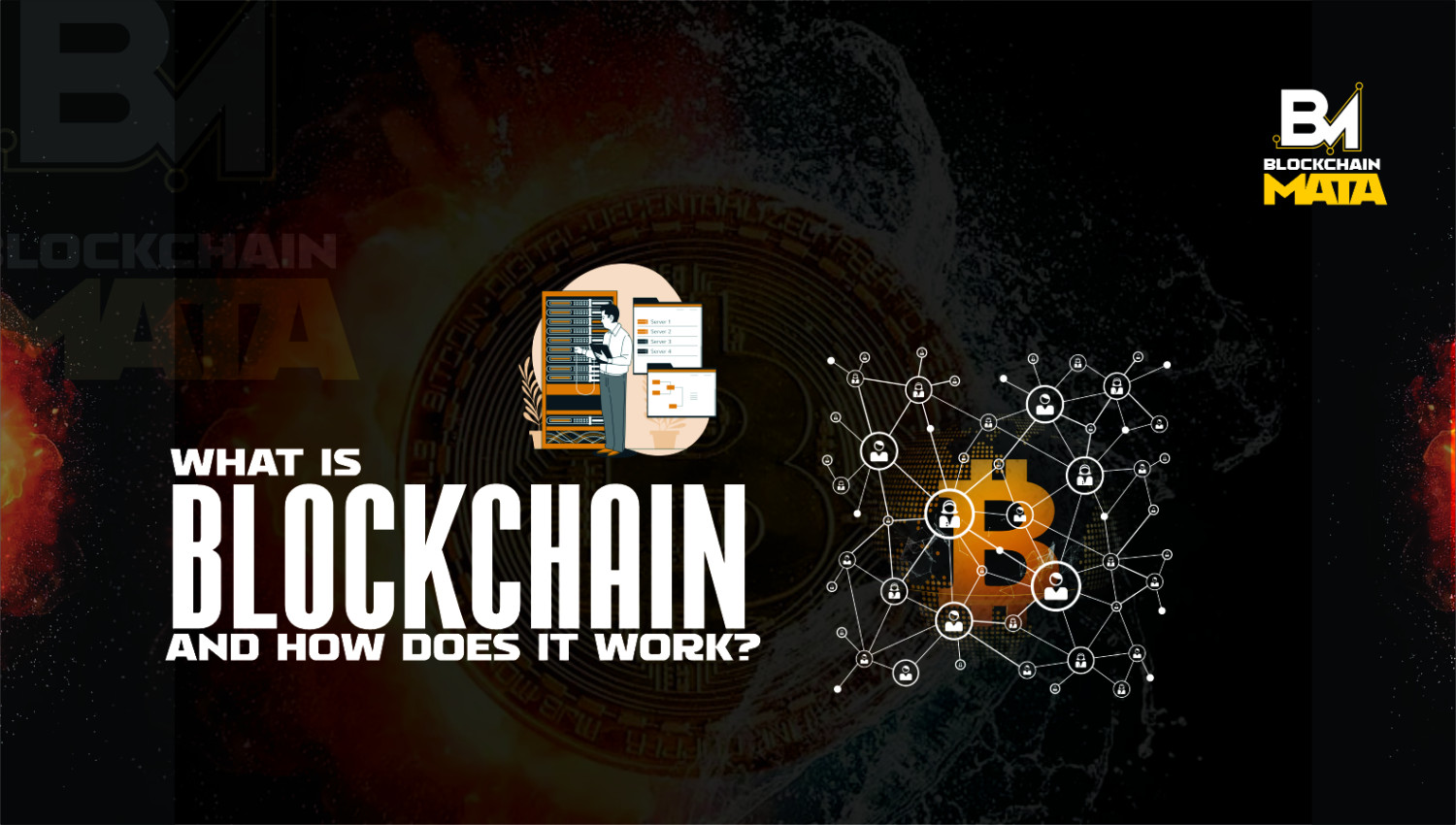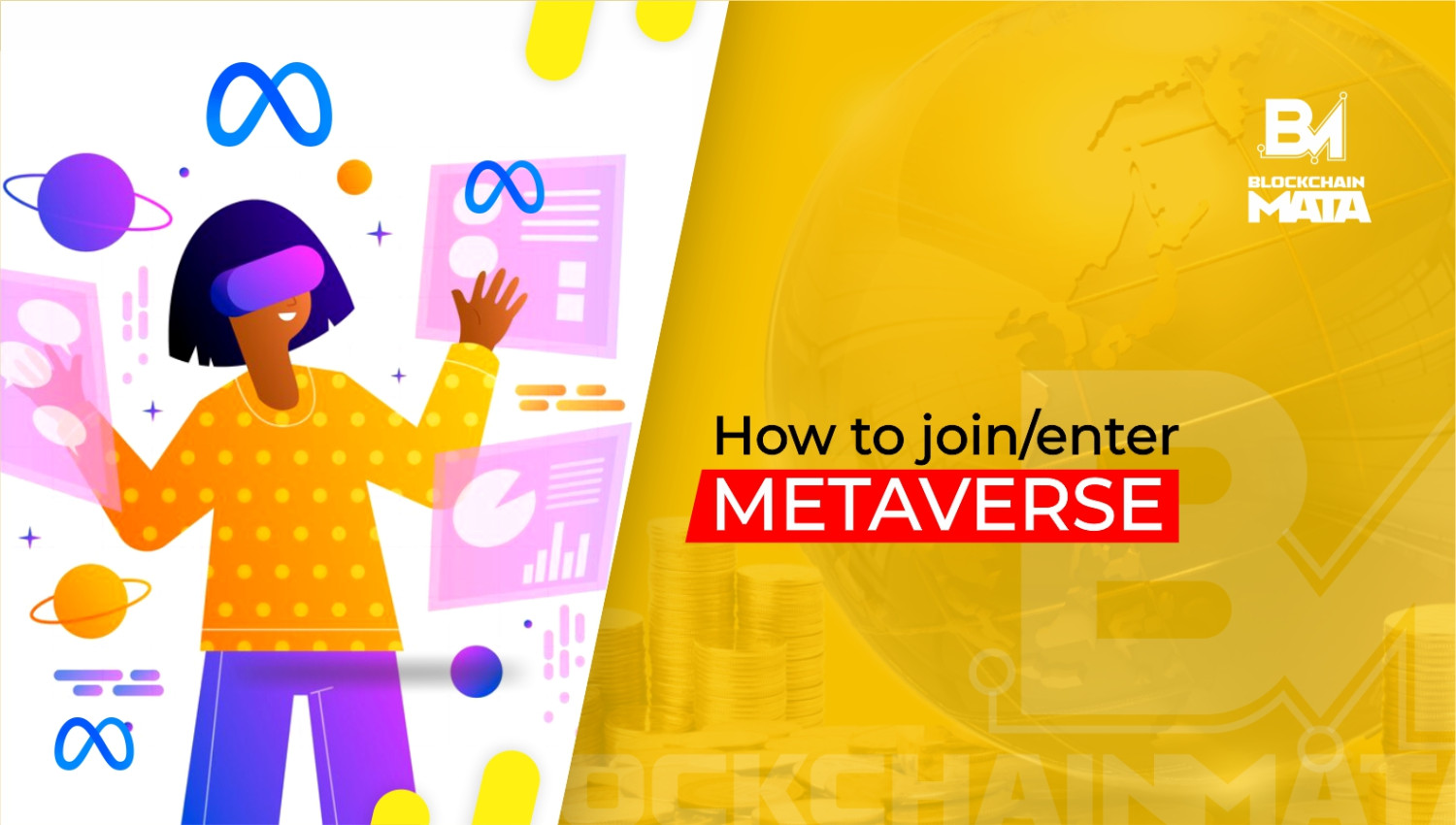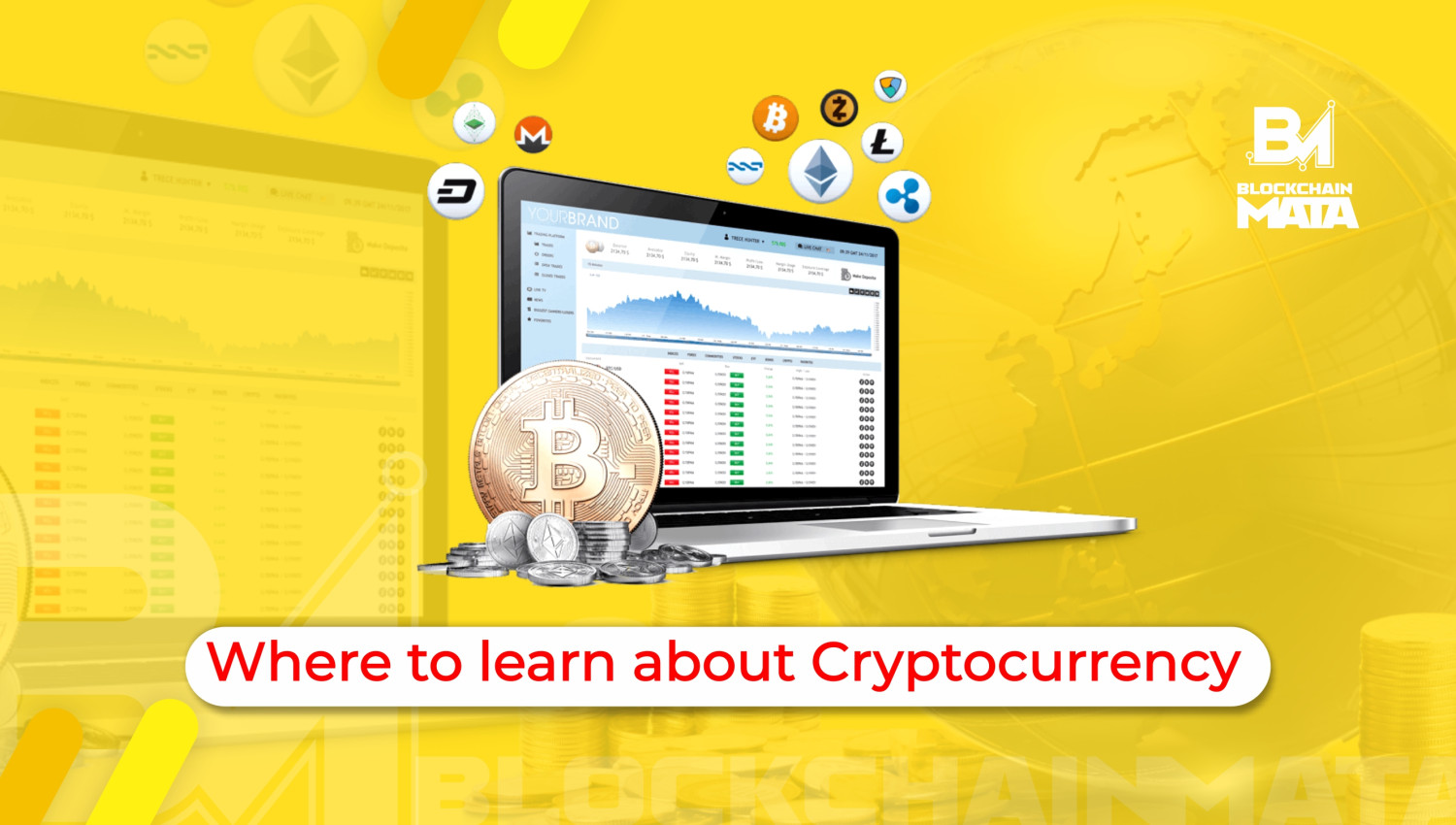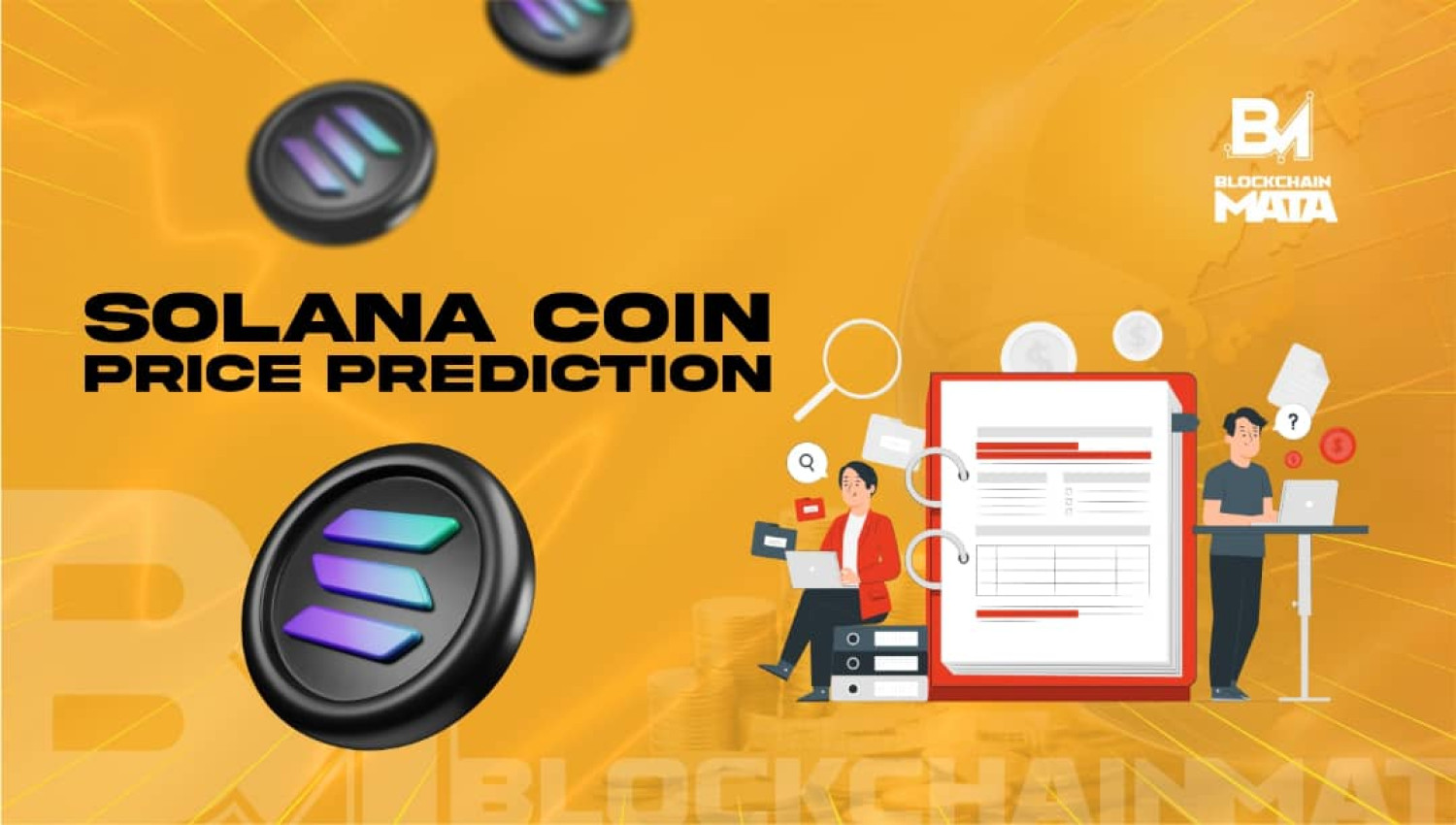What is Blockchain and How Does It Work?
1 year ago By Oluoma Aneke

You can’t talk of evolving technology without talking about blockchain. You may already have an idea of what blockchain technology is. So many people try to explain this blockchain with little or no success. If you wish to gain a strong knowledge and background on what blockchain is, follow this article, as we talk about blockchain in detail. You will get to know what blockchain truly is. How does it work? What are the advantages and disadvantages of blockchain, and what are the uses? How can you invest in blockchain?
What is Blockchain?
Blockchain is a database that stores transactional records electronically using a digital format. In a network connected through peer to peer to nodes, blockchain stores public information using different databases. There are different types of information that can be stored with blockchain. However, the most common application is as a ledger for transactions.
The Buzz about blockchain can be linked to its ability to provide a decentralized and secure record of transactions. In an era where cyber-crime is waxing strong, blockchain helps to generate trust, secures records of data and even guarantees fidelity without needing a third party.
The difference between a blockchain database and an ordinary database is the way the data is structured. A normal database stores its data in tables whereas a blockchain database stores data in blocks. Picture a blockchain as a warehouse with different stores. Each store is continuously filled with goods until it gets full. Once it gets filled up with goods, the remaining goods will be transferred to the next store. This is how a blockchain database works, with each store being linked to the next until it forms a chain of blocks. When this gets implemented in a decentralized format, the structure of the data becomes irreversible.
The storage of a blockchain is referred to as a digital ledger. Every single transaction carried out in this ledger must get approval through the digital signature of the owner. This will further prove its authenticity and shield the transaction from being tampered with. Everybody can see the data stored in this ledger, but it can’t be corrupted.
Brief History of Blockchain
The idea of blockchain was first introduced in 2008 by Satoshi Nakamoto. From there Nakamoto kept improving the design using the hashcash-like method. Subsequently, bitcoin adopted it as a primary component using it as a public ledger for all transactions.
How Does it work?
So many businesses have started embracing the prospects of blockchain technology. Is there any difference between blockchain and other forms of transaction? Why the so much shift towards blockchain? How does blockchain work?
Blockchain allows the record and distribution of digital information without editing. This means that the records can’t be edited unless there is a unanimous agreement between the key players. Blockchain can achieve this because it is made up of a combination of three leading technologies namely, cryptographic keys, a peer-to-peer network consisting of a shared ledger and a means of computing the transactions and records of the network.
Cryptography keys - These keys offer users an identity known as a digital signature. This signature is used to control and authorize transactions. The cryptographic keys consist of private and public keys. Each individual possesses the two keys which help in carrying out successful transactions between parties. The keys help to produce secure digital identity references.
Peer-to-peer network – the digital signature offered by the cryptographic keys gets merged with the peer-to-peer network. This peer-to-peer network simply refers to a large group of individuals. These individuals act as authorities. By using a digital signature, they reach an agreement on transactions and other issues that may arise. Once any deal is authorized by them, it is certified using a mathematical verification which in turn leads to a successful transaction
However, in order to secure data, blockchain uses SHA-256 for encryption. Each block has four fields.
Previous hash – the hash of the previous block in the blockchain is stored here.
Details of a transaction – this is where all information of the previous transactions is stored.
Nonce– this is where a random value that acts as a variate for the hash value is stored.
Hash address – in this field, the unique identification of the block is a hex value of 64 characters. It contains both letters and numbers and it is obtained by using the SHA-2256 algorithm. To get the Hash address of a particular block, the first three values of the previous hash, transaction details and nonce are passed through a hashing function.
Types of Blockchain
Having noted how blockchain works, you should get used to the 4 different types of blockchain technology that exist. This will help you know where you or your organization can fit in.
Private blockchain
This is very suitable for private and public organizations or firms as they work perfectly on closed networks. Organizations that seek to improve their security can employ the private blockchain. A private blockchain can help them in the authorization of preferences, and customization of accessibility amongst other important security options.
Public blockchain – this works well for most cryptocurrencies especially blockchain as they are said to originate from it. Public blockchains are important for tackling challenges such as centralization and security issues. Public blockchain was also very crucial in bringing distributed ledger technology (DLT) to the limelight. DLT makes it possible for data to be distributed widely across a peer-to-peer network rather than in a single location.
Permissioned Blockchain Network – this has the same structure as a private blockchain. The difference is that it allows specialized access for authorized individuals. For organizations who use this permission blockchain network, it grants them a better structure. It also helps them better assign who can participate in the network and also in what transactions they can perform.
Consortium Blockchain – this also has the same structure as the permissioned blockchain network and it has both public and private components. However, consortium blockchain is usually hard to set up but they offer better security once it gets up and running. Additionally, it works well in terms of better collaboration with different organizations.
Uses of Blockchain
In addition to using cryptocurrencies in performing monetary transactions, blockchain also functions to store other types of information like product tracking and other data. So many companies are already aware of this unique role which explains why some big companies like Unilever, Walmart, IBM, Pfizer etc. have incorporated it
Blockchain’s use in the Food industry – IBM recently created a food trust blockchain. With this, they can now trace the transport of their food products till it gets to their final destination. This initiative was believed to be a result of outbreaks constantly witnessed by the food industry. In the past, the food industry usually witnessed outbreaks such as Salmonella, E. coli, listeria and other harmful materials that usually get introduced to foods.
One major problem with this is that it takes a long while before the source of an outbreak or the cause of the sickness is traced. With this recent implementation of the food trust blockchain, various brands can now keep a track of their food product starting from the origin, to each stop and then its final delivery. This tracking occurs in lesser time thereby saving so many lives that would have been affected by such outbreaks.
Blockchain use in healthcare – the many cases arising in health care as a result of misplaced records can be averted by implementing blockchain. To build patients’ confidence in the safety and authenticity of their medical records, you can write them into the blockchain.
Blockchain’s use in banking and finance - going to banks in some parts of the world can be a nightmare. This is because manually performing transactions can be time-consuming. With blockchain, it takes 10 minutes for a transaction to be performed. Irrespective of the time, day, or season, most blockchain transactions take approximately 10 minutes. Blockchain also extends operational hours. Most financial institutions operate within business hours and also five times a week. With blockchain, transactions can be made 24 hours a day.
Blockchain use in property records – if you have ever manually gone to record your property in your local recorder’s office, you will attest that it is very stressful and consuming. If there is ever a case of inaccuracy, tracking the ownership of this property will be less efficient. This can be avoided by storing and verifying the information on a blockchain. By doing so, the owners of the information can trust the accuracy of their deed and be sure that it is permanently recorded.
Currency – most cryptocurrencies like Bitcoin have fully embraced blockchain. Most banks operate using a centralized format. This means that the data and currency of their customers are fully controlled and are at the mercy of the bank. In contrast, blockchain spreads the various operations across networks of computers, this gives cryptocurrencies the liberty to operate without being controlled by a centralized authority.
Blockchain use in the electoral process – one of the surest ways of preventing electoral malpractice is by employing the use of blockchain. Blockchain will help provide transparency to the electoral process and eliminate risks of fraud.
Advantages of Blockchain
Guarantees secure transactions – with the digital signatures of each unique user and hash codes available, transactions performed using blockchain are highly secure. The digital signature ensures that data can’t be changed or tampered with except it is being authorized by the digital signature of the owner. The hash and hash codes ensure that information on the blockchain can’t be changed without notice.
Blockchain operates on a Decentralized system – In the normal financial setting, for you to perform any transactions, you will get authorization from your bank. Also, when such transactions are centralized, they can be tampered with. In a blockchain decentralized system, information is spread across a wide network this makes blockchain transactions difficult to tamper with.
Bitcoin offers transparency – blockchain does thrive on open-source software making it possible for everyone to view the code. Any user can suggest an improvement or upgrade because blockchains don’t have a central authority.
Blockchain offers efficient transactions – blockchain offers fast and efficient transactions. With its 24 hours a day and 7 days a week operational system, you can always use it for your transactions at any time. It takes as little as 10 minutes for the completion of each transaction and the security can be guaranteed within a few hours
Disadvantages of Blockchain
Blockchain is promising with numerous benefits, nevertheless, it still has some drawbacks.
High cost of technology – the technology required for the smooth running of blockchain is expensive. The millions of power the computers of blockchain consume are high. Using bitcoin as a case study, users mining bitcoin have to constantly increase their electricity bills to enable them to validate their blockchain transactions. They can do this because as miners, they usually get rewards with extra bitcoin each time they add a new block. This somehow makes up for the time and energy they use. However, this is different from other blockchains that don’t use cryptocurrency. In this case, miners will be paid to validate their transactions. All these and more make the technology cost of blockchain high.
Fraudulent activities – blockchain protects individuals’ data and keeps it safe. However, it does not keep track of illegal activities. This means that individuals and groups can perform illegal activities using Blockchain and still enjoy the protection it provides. However, the cases of this illegal activity are still minimal and there is a move by blockchain to end it entirely.
Issues of regulation – governments usually spring up with one regulation or the other on crypto activities. This has been an issue of concern as people fear that the government might one day decide to make owning cryptocurrencies illegal. However, with the fast acceptance of blockchain across organizations, the possibility of this is very low
How to Invest in Blockchain
With the speed at which blockchain is developing and evolving, it will be wise to invest in it. There are various ways in which you can invest in blockchain and maximize profit.
When you hear blockchain, what comes to mind first is bitcoin. You can decide to invest in bitcoin. You also have the option of investing in Altcoin and Litecoin which are cryptocurrency penny stocks.
Additionally, you have the option of checking for some apps and services that are still in the pre-development phase using blockchain technology to raise funding. You can buy coins with them and when the service or app becomes popular, then you will benefit. You can also look out for startups built on blockchain technology and invest in it.
Conclusion
Blockchain technology is fast becoming popular and so many organizations are fast diving into it. Blockchain no doubt will bring an increase in the financial sector. Different sectors like health, banking and finance, and electoral processes will all benefit greatly from blockchain if they embrace it. The career prospects in blockchain are great and this article only gave a general foundation on all you need to know.
Stick to this space and follow us as we bring rich articles that will help you build your blockchain applications and network.



